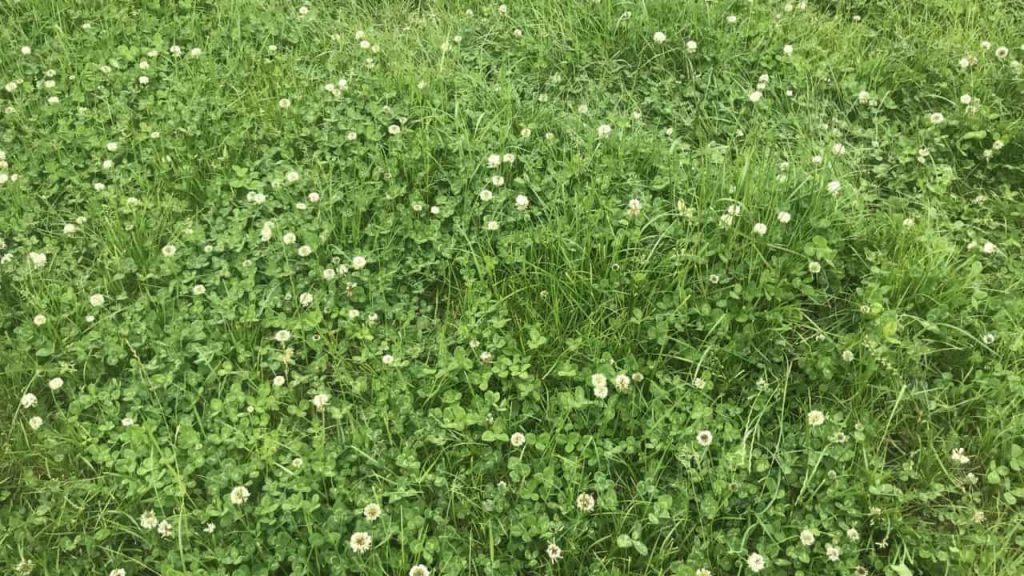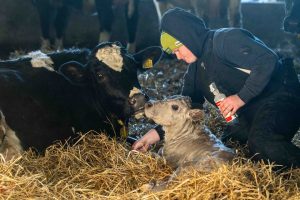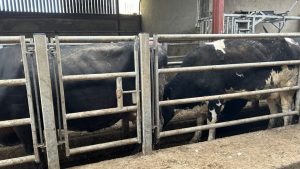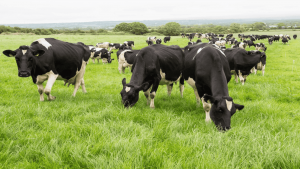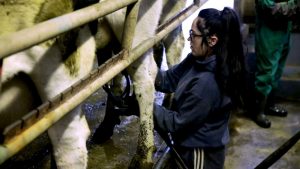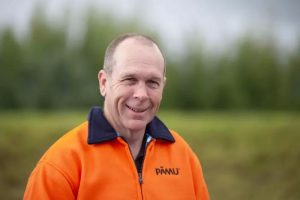
2023 has been a strange and challenging year for livestock farmers, with weather and grass growth posing the biggest challenges for many.
There appears to be two different situations developing on farms; some are tight or short for grass, while others have a surplus.
Dealing with these situations in the correct manner is going to be vital to ensuring that grazing conditions into the autumn and production does not drop off too early.
Where there is a deficit, farmers need to slow down their cows. This achieved by introducing extra feed into the diet.
The demand for grass can also be reduced by selling surplus cows, or removing other stock from
the milking platform.
It is also important to slow down the rotation, as growth will decline rapidly during September.
If the rotation length is not increased there is a chance that grass will run short and cow will have to be housed earlier than planned.
Too much grass
For farms that are in a surplus the situation is very different in August and so far in September, grass growth rates increased and have held strong – especially on many farms with heavy soils.
Grazing very high covers in early autumn can prove difficult to graze out unless the weather is exceptional.
For now, if a surplus in present there is no need to do anything drastic. However, if the surplus continues to grow and becomes too high it should be taken out as baled silage before weather/ground conditions deteriorate.
These surpluses should only be taken out if you are sure there is enough grass ahead of cows and it is not going to impact on your autumn grazing plan.
The approach to managing grass this year will have to be done on a farm-by-farm basis and you will have to determine what is going to work best for your farm.
